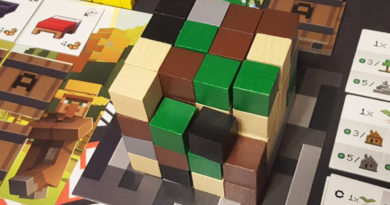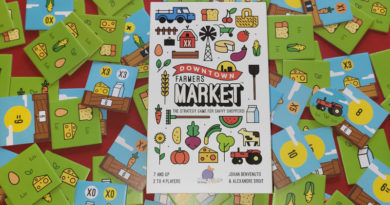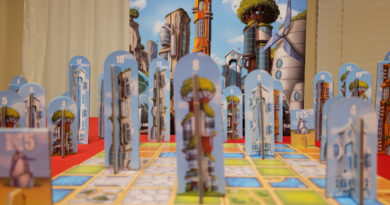Ticket to Ride: London board game review
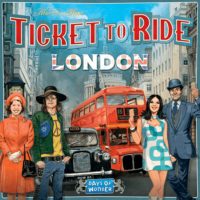
Ticket to Ride is one of the most popular modern board games in the world.
So it’s no surprise Days of Wonder keeps cranking out more iterations of the game.
Of course, we’re not complaining because we love playing Ticket to Ride in its many forms!
The first Ticket to Ride game was published in 2004 with a map of the United States. The next year Days of Wonder published Ticket to Ride: Europe with a map covering the extent of the European continent. Then they were off to the races with Marklin, Nordic Countries, Switzerland, and a series of different location maps (Asia, Africa, India, UK, Pennsylvania, Nederland, France, Old West) and more.
Then in 2018 they published a small version of the game focused on just one city – New York City. It plays in a fraction of the time and is essentially a bite-sized version of the original game.
Their latest iteration is the game we’re reviewing today — Ticket to Ride: London.
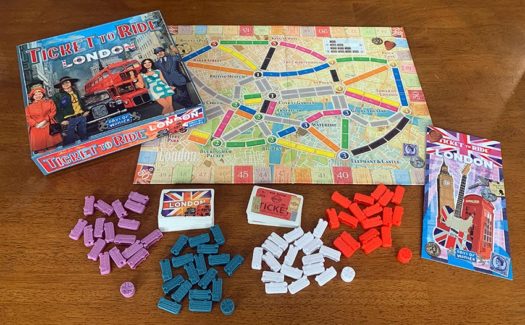
How to play Ticket to Ride: London
We’re guessing that most people reading this review are familiar with how to play Ticket to Ride. If you’re not, jump over and first see our full review of Ticket to Ride: Europe (one of the first games we reviewed).
The main objective and game play in Ticket to Ride: London is like all the iterations before — score the most points by claiming train routes between named locations and completing Tickets.
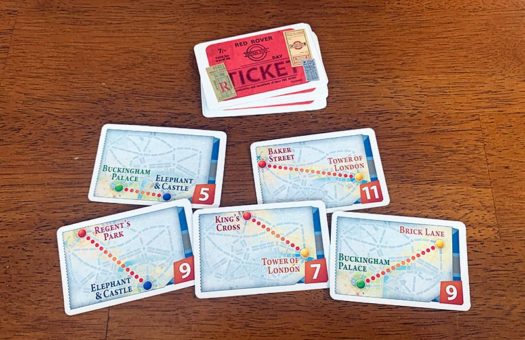
In Ticket to Ride: London, each player gets 17 busses in their color (compared to the 45 trains players get in the original game). Each player also starts with 2 Transportation cards for their starting hand and draws 2 Destination Ticket cards (of which they must keep at least 1).
On their turn, a player can take only one of the following actions:
- Draw 2 Transportation cards: These can be from either the 5 face-up cards, from the top of the draw pile, or a mix. As always, if the player takes a face-up wild Bus card, they can only take that 1 card on their turn.
- Claim a Route: The player discards cards matching the color and number of the spaces between two locations on the board and places their busses on those spaces. They then move their score marker on the score track equal to the point value of the route claimed. This differs based on the length and these are printed on the game board.
- Draw Destination Tickets: Each Destination Ticket shows 2 locations and a point value the player will get at the end of the game if they connect those locations. For this action, the player draws 2 Destination Tickets and must keep at least 1.
Players continue taking turns until a player has 2 or fewer busses in their supply. Each player, including that player, gets one more turn and then the game ends.
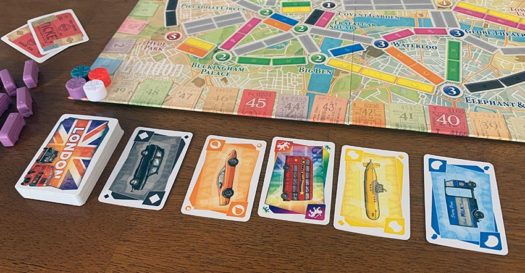
During the game, players have already kept track on the score track of the points for the individual routes they’ve claimed. All players now reveal their Destination Tickets. If they’ve completed a Ticket, they add those points to their score. If they fail to complete a Ticket, they subtract those points from their score.
Lastly, players gain points for connecting Districts. A District is made up of Locations of the same color and number. Those are also the points a player gets for linking each of those locations via their claimed routes.
The player with the most points wins!
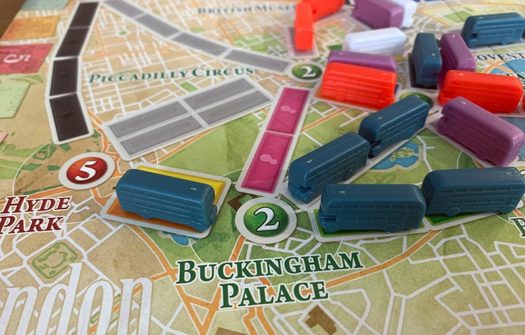
Can the whole family enjoy Ticket to Ride: London?
As with every Ticket to Ride game, this is an absolute, Yes!
Ticket to Ride has become so popular because of this very reason — it’s an awesome fit for players of all ages.
It’s got a great balance of luck and strategy and flows so smoothly. Since players just take one action on their turn, the game play is very quick without much down time between turns.
And with its overall shorter play time of 10 to 15 minutes, Ticket to Ride: London is even more accessible to even more players.
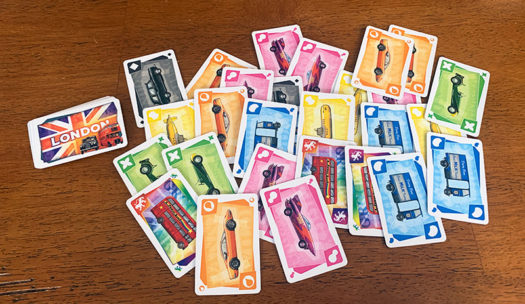
With about 1/3rd of the busses (trains) as the original games, the game plays in a fraction of the time. Plus, because of the shorter play time, players don’t spend their time hoarding Transportation cards before claiming routes.
At least that’s how a lot of our Ticket to Ride games play out. In those games players aren’t anxious to give an indication at the start of the game of which routes they’re working towards. And when they start claiming routes, they want to claim a bunch in subsequent turns before they can be blocked. So the first many rounds of the game has players only taking Transportation cards and filling their hands (since there isn’t a hand limit).
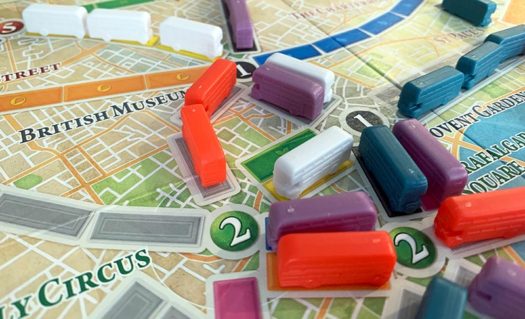
Because Ticket to Ride: London is a condensed map with less spaces between most locations, it’s easier to get sets of cards to claim those routes and they get blocked much more quickly. So players don’t spend all their early turns just collecting cards. If you try to hoard, you’re going to quickly get blocked from your routes.
Thus, Ticket to Ride: London feels much more like a race right from the start.
And it’s a fun race!
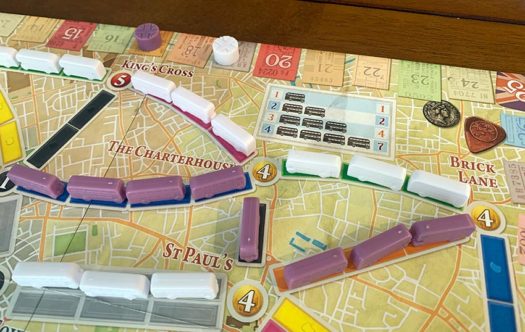
Ticket to Ride: New York vs. Ticket to Ride: London
After its release 2 years ago, we reviewed Ticket to Ride: New York — the first quick-play Ticket to Ride game. Ticket to Ride: London is built on the same exact concept and play. However, there are a few differences — even though they’re small.
The first noticeable difference is the obvious map and routes. It’s so obvious, we’ll just cruise right past this point.
The next difference you’ll spot right off are the player vehicles. In keeping with the theme of each, the vehicles are appropriate for their locations. In New York, each player gets 15 Taxis and in London, each player gets 17 Busses.
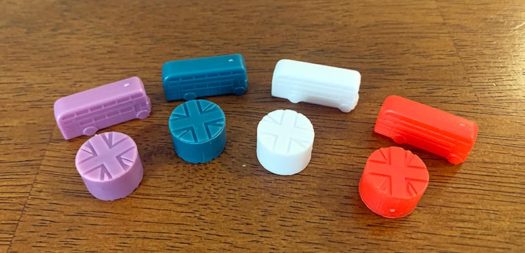
The next difference you’ll notice in the components is the art on the Transportation cards. New York has subway cars as the main feature on the colored cards with a Taxi being the wild. Whereas in London, the Transportation cards feature different UK-related vehicles — like a Yellow Submarine!
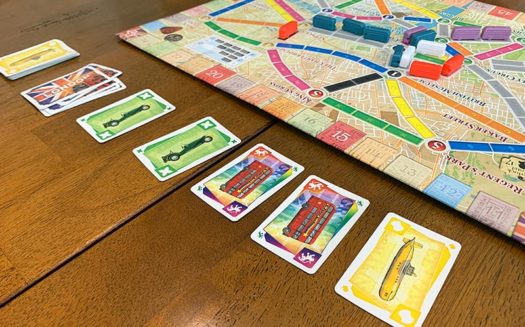
The London board also has a score track around the border like the bigger-brother, main Ticket to Ride games. Whereas in New York, there isn’t a scoring track and all scoring takes place at the end of the game with the help of a score pad.
But what about differences in game play?
There really isn’t a difference in the game play itself between the versions. There is however a difference in scoring.
Both versions have players scoring points based on the length of the routes they claim between locations as well as points for completing Destination Tickets.
The main difference is in the bonus scoring. In New York, players earn 1 point for each Tourist location they connect to with one of their routes. Out of 15 locations on the New York board, 9 of them are indicated as Tourist locations. It’s easy to connect to these locations and naturally happens throughout the game.
Whereas in London, each location is part of a District which varies in points. The color and number printed on the location indicates which District it’s a part of. Players earn the points of a District by connecting all of the locations of a District. Connecting locations of a District may not happen naturally during a game and requires a bit more planning to get the bonus.
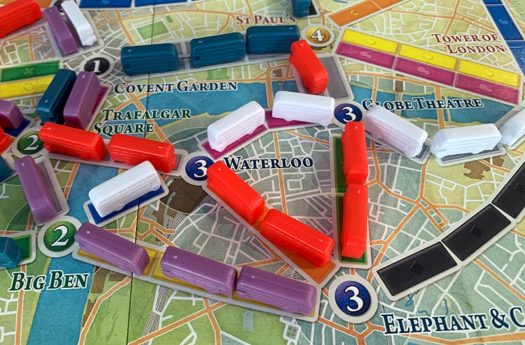
How does Ticket to Ride: London score on our “Let’s Play Again” game meter?
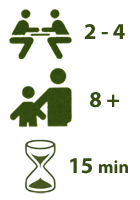 Ticket to Ride: London scores very high on our “let’s play again” game meter. Plus, it’s a great game for 2 players because of the condensed map. And with less kids at home currently, 2-player games are now more common.
Ticket to Ride: London scores very high on our “let’s play again” game meter. Plus, it’s a great game for 2 players because of the condensed map. And with less kids at home currently, 2-player games are now more common.
With just 2 players, it’s easy to play a game in under 10 minutes even. Which also makes it easy to play back to back games if we want.
Between Ticket to Ride: New York and Ticket to Ride: London, we like the London version best. Sure, it may be because of the slight scoring difference in Tourist locations versus District scoring. But overall I really think it’s because we’d much rather visit London than New York City.
And playing Ticket to Ride: London lets us pretend we’re back in London visiting those locations again.
If you’re a Ticket to Ride fan, we highly recommend grabbing a copy of Ticket to Ride: London for when you want a quick game. And if you haven’t played any Ticket to Ride game yet, Ticket to Ride: London is a great place to start to get a feel for how the game plays.
We’d like to thank Miniature Market for a review copy of Ticket to Ride: London.



